
 |
Poincaré, at the conclusion of the preface to his book, `Hypthéses Cosmogoniques’, states "One fact that strikes everyone is the spiral shape of some nebulae; it is encountered much too often for us to believe that it is due to chance. It is easy to understand how incomplete any theory of cosmogony which ignores this fact must be. None of the theories accounts for it satisfactorily, and the explanation I myself once gave, in a kind of toy theory, is no better than the others. Consequently, we come up against a big question mark.”
 |
 |
 |
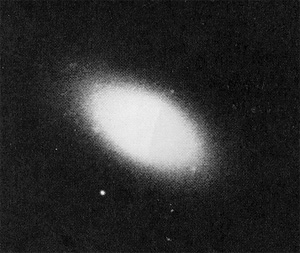 |
 |
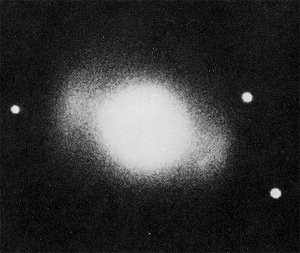 |
 |
 |
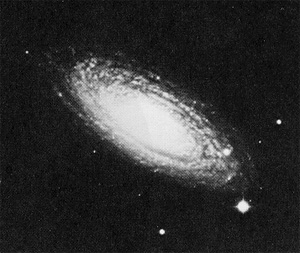 |
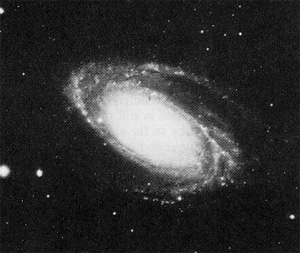 |
 |
 |
Assundry collection of galaxies photographed in the optical.
The remainder of this section addresses how galaxies form and why spirals are among a large percentage of all galaxies.
Galaxies consist of a variety of objects that have been categorized into classes: normal, barred, peculiar, Seyfert, active core, elliptical, radio, quasars, and so on. The answer to why these classes occur in the universe requires a valid description of the universe.
 |
According to the renowned plasma physicist David Bohm, "the universe is an unending transformation in flux whose previous states we are not privileged to know." The universe is taken to be a transformation in flux, of infinite dimension and time, that, in the current plasma state necessarily leads to electrical currents and magnetic fields.
According to the Nobel lauereate Hannes Alfvén,
"Space is filled with a network of currents which transfer energy
and momentum over large or very large distances. The currents often pinch
to filamentary or surface currents. The latter are likely to give space,
as also interstellar and intergalactic space, a cellular structure."
|
The structure above is a cut of the plasma universe showing the filamentary currents produced by plasma in flux. Plasma tend to separate into regions according to temperature, density, magnetic field strength, chemical constituency, and other physical properties. Wherever these regions are in relative motion, they are coupled by electrical currents that they drive in each other. Like all electrical currents, the circuit paths are closed, sometimes over very great distances. Thus plasmas in relative motion in one part of the universe can produce prodigious amounts of electrical energy. This energy may be transferred over many billions of light years to burst suddenly from a very small and localized region representing the circuit load.
Electrical currents produce two other very important physical effects. Electrical currents produce magnetic fields and microwave radiation. If the electrons in the current flow have relativistic velocities and are in the presence of the magnetic fields, synchrotron radiation is produced. Concomittant with the generation of magnetic fields are electric fields.
Observed Large Scale Structure of the Universe
A scientific theory must be falsifiable. This means that it must be capable of being shown that it is wrong. Science, since the time of Francis Bacon is based on three crucial components: the hypothesis, theory such as the mathematics used with the basics laws to derive an observable solution, and experiment. The last experiment, is the key component for falsifying the hypothesis and its theory.
In astrophysics, the tools for experiment are laboratory astrophysics and observation. A new tool, developed in the last two decades augments both laboratory and observatonal data: simulation by supercomputer.
 |
 |
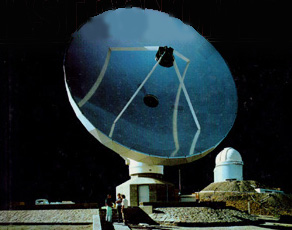 |
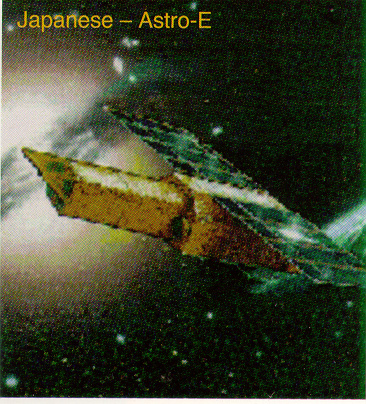 |
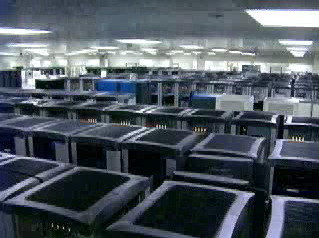 |
The signature of electromagnetic forces at work is "doubleness". Wherever there are multiple strands of electric currents, they prefer to interact in pairs. The reason for this derives from Ampére’s Law or the Biot-Savart force law which states that currents in the same direction attract while currents in the opposite direction repel. They do so inversely as the distance betweeen them. This results in a far larger ranging force of interaction than, say, the gravitational forces between two masses. The latter give a force that is always attractive and which varies inversely as the square of the distance between them.
This doubleness phenomena is observed in the laboratory when very high currents are passed through parallel arrays of wires, that explode into plasma currents called "pinches". The pinches often interact in pairs.

The simplest model that may be investigated experimentally or simulationally is that of two adjacent currents (for technology applications as many as several hundreds of pinches are used).
 |
The simplest geometry for galaxy formation, two adjacent Birkeland currents of width 35 kiloparsecs separated 80 kiloparsecs across. The interaction region, and hence the thickness of a galaxy is 10 kpc. By scaling the current flows in astronomical objects by size, it is determined that the average flow in a galactic Birkeland current is approximately 1019 amperes; IA, the Alfvén galactic current. In contrast to the experiment above, where the plasma currents are 30 millimeters in length, the galactic currents may extend 400 megaparsecs or more. Economy in simulation, gained from observing laboratory experiments, suggests that the active region, where large electric fields build up, is about 10 kiloparsecs in length. That is, the salient phenomena can be modeled with two stubby pinches. The pinches are driven, of course, by the energy carried in the long length currents. |
| Galaxy formation from interacting plasma pinches.The energy producing the pinches are delivered by filamentary multi-kiloparsec long currents, two shown in interation. The simulation pertains to two gaussian tapered disks, each 35 kpc in diameter and 10 kpc thick, separated 80 kpc apart initially. |
1. As the pinches interact in attraction, they take on a distorted (jellybean) profile that then elongate into peculiar shapes, untimately, with the parameters above, arriving at a barred spiral.
2. Very early in time, the pinches produce a burst of synchrotron radiation. This phenomena is observed both in experiments and simulations. For the parameters of this simulation, we may identify three principle stages in the evolution of a barred spiral galaxy:
Copyright - LANS